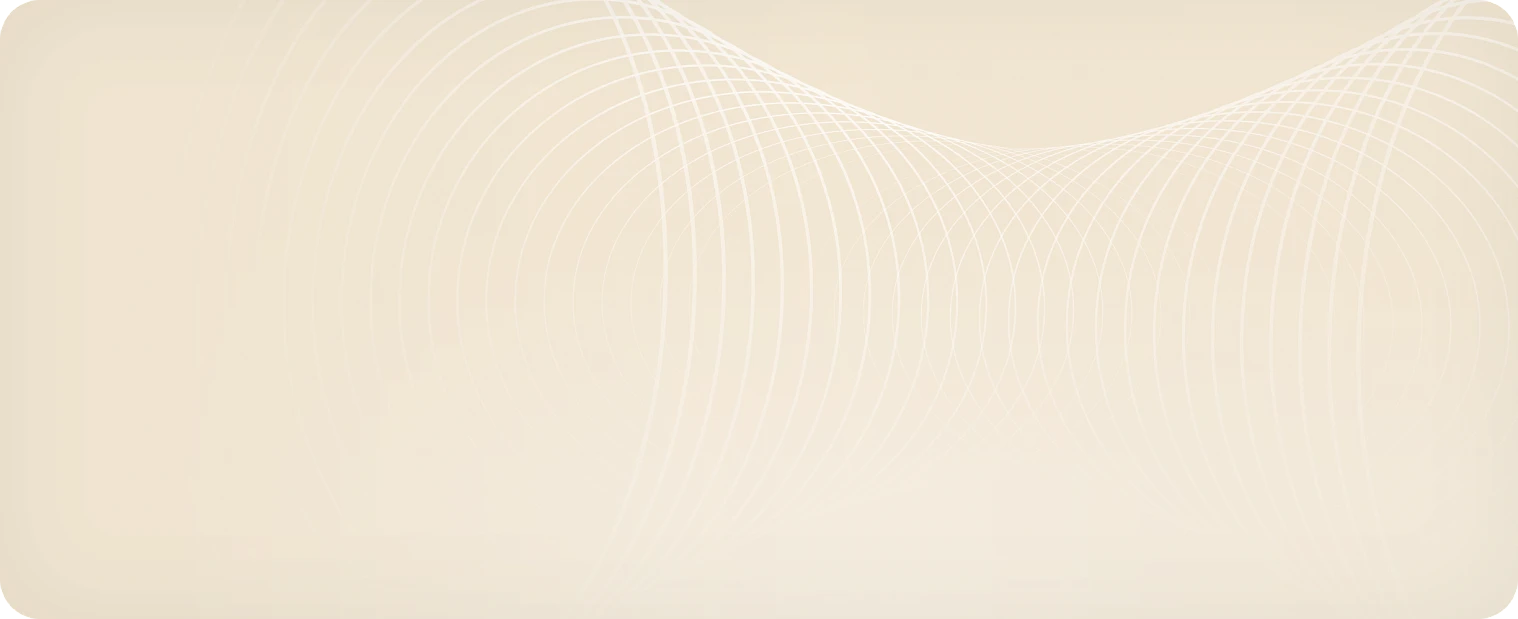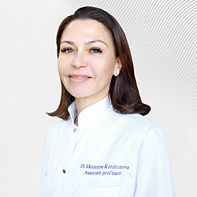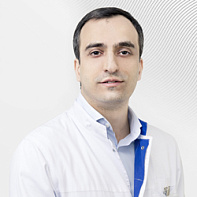The urethra and bladder work as

a single system. In the human body, they perform two functions: accumulation of urine and emptying.If these functions are disrupted, it may be difficult to urinate. Such patients need to be thoroughly examined using urodynamic research, the task of which is to reproduce the patient's symptoms, diagnose the pathology, assess its severity, and determine treatment tactics.
CUDI is a diagnostic measure that allows the doctor to study in detail the work of the lower urinary tract.
Check with a urologist or neurologist as part of an outpatient appointment. The study lasts no more than 40 minutes.
Indications for CUDI
Among the indications for the patient's examination:
- Frequent emptying of the bladder
- Inability to restrain the urge to urinate
- Night urination
- Spontaneous urge to urinate
- Urinary retention
- Weakened urine stream
- The need to strain when emptying the bladder.
- The need for a CUDI is determined by a specialist.
How the research is conducted
The KUDI consists of uroflowmetry, cystometry, and pressure-flow analysis.
Uroflowmetry helps a urologist evaluate the function of emptying. During the study, the specialist receives data on the flow rate of the urine stream, its volume and the nature of the urination curve. After an ultrasound examination, the doctor evaluates the presence of residual urine in the bladder.
Cystometry. It helps the doctor to determine the degree of sensitivity of the bladder, its capacity, as well as to evaluate the function of the detrusor (muscle tissue of the bladder) to conclude on the presence or absence of hyperactivity of the bladder.
To perform cystometry, the doctor inserts a thin urodynamic catheter with a sensor into the bladder. The sensor is designed to measure pressure in the bladder. To determine intra-abdominal pressure, the urologist inserts another sensor into the rectum or vagina.
Then the specialist connects the sensor to special equipment. in automatic mode, it begins to fill the bladder with sterile saline solution, simulating the act of filling the bladder.
The final stage of the study is needed to measure intraperitoneal and intravesical pressure, assess the flow of urine and the volume of injected / excreted fluid.
All of the above methods are standardized by the International Society for Urinary Retention (ICS) and are successfully performed by urologists at the European Medical Center.
After the examination, the patient is allowed all types of activities. To relieve urethral irritation and discomfort, it is recommended to drink 0.5- 1 liter of water.
Preparation for the study
Before the examination, you need to empty your intestines. The study is conducted in sterile conditions, using disposable consumables. After the procedure, a single dose of an antibiotic is required to prevent urinary tract infection.
Advantages of contacting the EMC
- We perform CUDI using state-of-the-art expert-level equipment (Laborie, Canada).
- We diagnose and treat any urological pathology.
- Our specialists have completed internships in the world's leading foreign clinics.
- We work according to modern international protocols.











.jpg)
.jpg)

.jpg)



